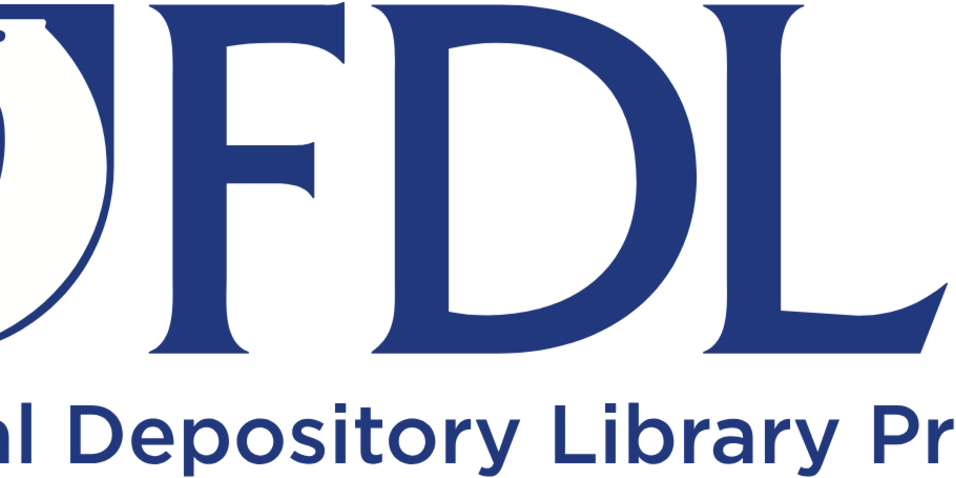Stanford University LOCKSS Program to Mainstream Distributed Digital Preservation through New Project
From Stanford Libraries News:
For eighteen years, the Stanford University LOCKSS (Lots of Copies Keep Stuff Safe) Program has supported the digital preservation needs of a diverse and growing community of institutions worldwide. With the generous support of The Andrew W. Mellon Foundation, a major re-architecture effort is currently underway that will enable the unique functionalities of the LOCKSS software to be embedded in other systems for digital content management and preservation, further broadening access to best-in-class digital preservation capabilities.
The core of the LOCKSS software is a peer-to-peer data integrity validation and repair mechanism, a feature built upon peer-reviewed research to mitigate the real threats that centralization poses to the long-term persistence of digital information. This and other LOCKSS software elements, including tooling for automated metadata extraction and enhancements for discovery of scholarly communications within web archives, will be made available to the community as documented web services. Integration of these technologies will enhance other digital library, repository, content management and acquisition systems.
"More content is destroyed by people's actions than any other means; the LOCKSS technology secures content against this very real threat. Disaggregating LOCKSS components into web services for others to use holds the potential to significantly upgrade preservation treatment levels for a greater amount and a wider variety of content,” notes recently-retired LOCKSS Program Chief Scientist Dr. David S.H. Rosenthal, emphasizing the significance of the project.
Nicholas Taylor, LOCKSS Program Manager, says that the upgraded LOCKSS software will advance the preservation of more, and more kinds, of digital content. “LOCKSS technologies have only ever been applied in LOCKSS networks; the software re-architecture opens up many new possibilities,” says Taylor. “We’re working to make LOCKSS even more accessible and useful as a general-purpose digital preservation technology solution.”

